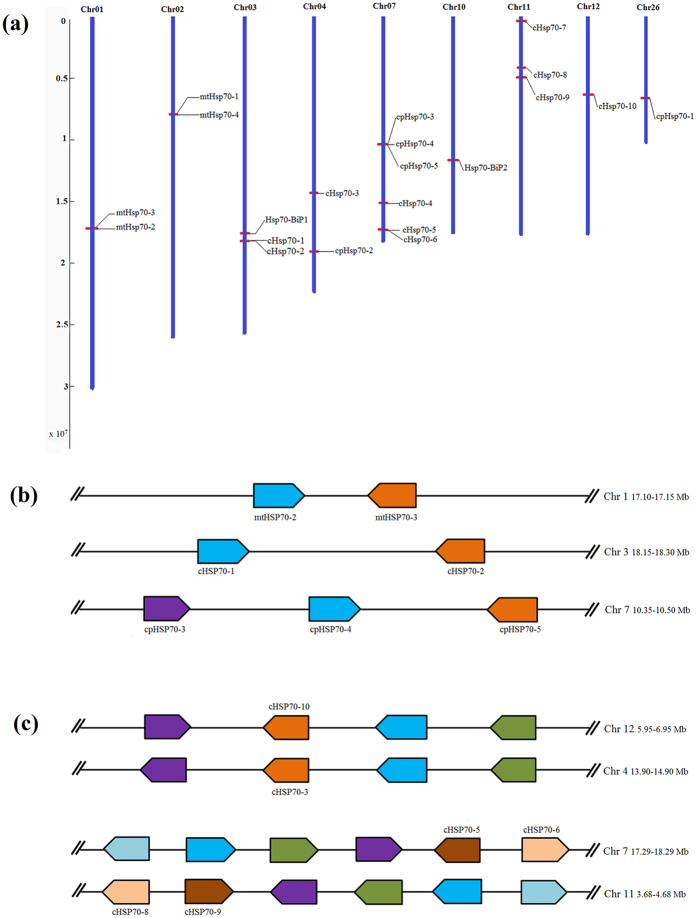Figure 4. Chromosomal locations and gene duplications of P. patens Hsp70s.
(a) The 21 Hsp70 genes were mapped to 9 chromosomes. Schematic diagram of P. patens Hsp70s based on the sequence map was provided by the Phytozome website. Gene names are listed to the left of the chromosomes, and map markers are listed to the right. (b) Evidence for tandem duplication of P. patens Hsp70s. Diagram shows chromosomal locations of Hsp70 genes and linked homologous genes in P. patens identified in PTGBase (http://ocri-genomics.org/PTGBase/). Pentagons point in the 5′→3′ direction. (c) Evidence for segmental duplication of P. patens Hsp70s. Paralogous gene pairs generated by gene duplication within the Hsp70 family of P. patens were analyzed using the Plant Genome Duplication Database (http://chibba.agtec.uga.edu/duplication/). The black line represents syntenic blocks in P. patens chromosomes, and the different colors of pentagons represent different genes. The Hsp70 gene names are marked above or below the pentagons. Synonymous (Ks) and nonsynonymous substitution (Ka) rates are presented for each pair. Gene pairs were generated by tandem duplication (T) and whole-genome duplication (W).

